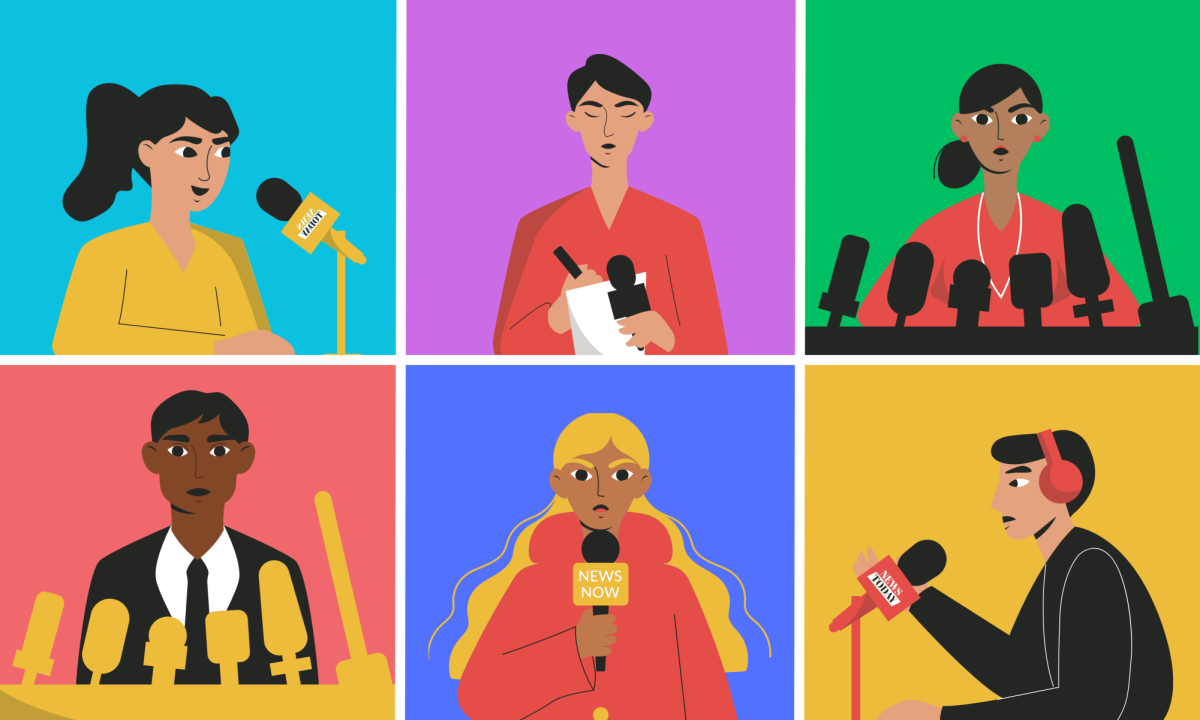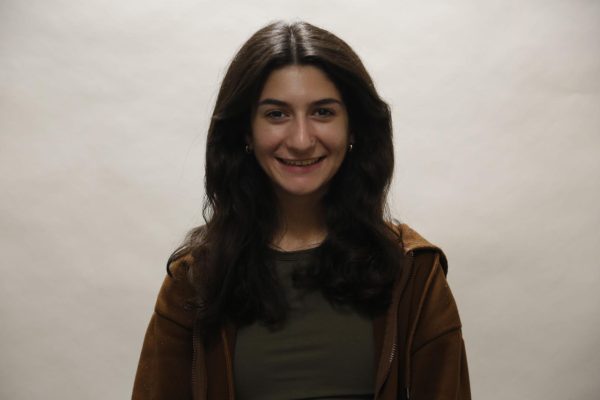In 1968, President Lyndon B. Johnson’s National Advisory Commission on Civil Disorders published the Kerner Report, which concluded that America was “moving toward two societies, one black, one white — separate and unequal.” Almost six decades later, newsrooms across America still lack the diversity that reflects American society. This lack of diversity has had a significant impact on how news stories are told with regard to race, ethnicity, class, sex and gender identity. As a result, the media often fails to adequately represent the public.
While poor representation of American society in the media is problematic, so is misrepresentation. According to a Pew Research Center survey, 58% of Black and 55% of Hispanic Americans say the media doesn’t understand or reflect them. It is critical to recognize that misrepresentation of marginalized and minority groups is detrimental to external perceptions, especially in the U.S., where countless individuals base their worldviews on mass media. For instance, further studies have shown negative stereotypes in media homogenize minority groups rather than authentically depict the variety among them, resulting in measurable and long-lasting impacts.
Academics, advocates and journalists alike have been concerned by the lack of diversity in newsrooms, especially because traditional newsrooms are largely composed of white men. Researchers have found it difficult to establish an empirical relationship between newsroom diversity and content patterns, but some theories include an increased competition among newsrooms, declining media credibility and smaller budgets, which make it difficult for organizations to invest the time, effort and resources necessary to diversify their staffs.
According to the Nieman Report, in an effort to systematically diversify their staffs and talent acquisition, there are a multitude of American newsrooms and university journalism schools (such as Columbia University, The Wall Street Journal, NBC News, Politico and more) enacting “targeted fellowships, apprenticeships, and internships” for young, aspiring POC and Indigenous journalists.
Because of the great responsibility and influence the media holds on the American public, diversity in newsrooms is critical to democracy. At the end of the day, an informed public is an informed electorate — and representation should be fair and equitable across the board.
















































